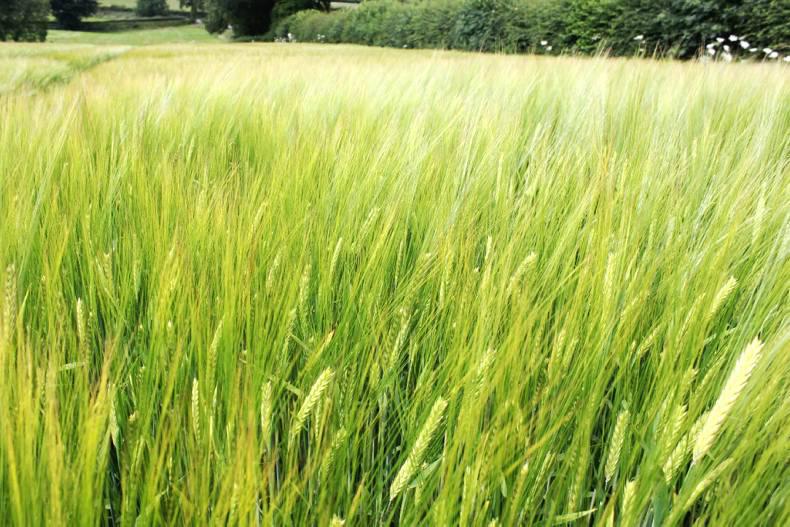The gates are now metaphorically closed on all cereal fields, and will not open again before harvest unless glyphosate is required to speed up and even the ripening process.
With very few new chemicals arriving on the market, coupled with the steady withdrawal of several useful products, you could be forgiven for assuming that the agronomy of winter and spring cereal must have stagnated. In fact, techniques are constantly being finetuned and refined; nothing ever stays the same in farming for too long.
The biggest change in recent times is the steady move from farmers walking their own fields and deciding what sprays to use to a widespread adoption of advice from agronomists. There has been a gradual mood swing from the bad old days of assuming that some salesman was going to sell you useless and unnecessary chemical that would cost two fortunes, to a grudging respect that these guys will offer a cost-effective service that should enhance the yield and quality of most crops.
I remember convincing one local farmer that his barley might benefit from the application of a fungicide, but on arriving at the field, his father looked horrified, and with incredulity asked me: “Are you going to smash through the barley again?” He was genuinely aghast.
Ingredients
Apart from the range of herbicides and fungicides that form the backbone of current spray programmes, there are a few other ingredients that are now accepted as almost standard.
Growth regulators have moved from being solely used in winter cereals, to the occasional use in spring crops, and this year, at least two thirds of the spring barley that I sprayed had a regulator included along with the herbicide. It seems to be widely accepted that reduced rates of growth regulator helps to promote tillering and hold back the plant’s main shoot so that an overall evening effect is created.
Trace elements are another near routine product, and almost every field of grain seems to need manganese, magnesium, or a general tonic of multiple elements. Current thinking is to recognise a strong connection between enhanced fungicide efficiency and plants that are not deficient in any nutrient.
I was chatting recently to a local vegetable grower, and he also mentioned this phenomenon, with the application of molybdenum to leeks showing much improved control of rust. Presumably, a healthier, stronger plant is able to make better use of the subsequent fungicide application?
I’m not sure that trace elements would be quite so necessary if fields were not worked in too much of a hurry.
When driving around the countryside spraying crops for local growers, I see a direct link between ground conditions at time of sowing and subsequent levels of deficiencies on the crop canopy.
Or to put it another way, if you wanted to know what manganese deficiency looked like, then simply plough land a bit wet in the springtime, work it a few days too soon, and when it dries out like concrete a few weeks later, you will notice the leaves are covered with little brown dots.
This is the time to phone for professional help and advice, and your friendly agronomist will provide a diagnosis that will involve the agricultural equivalent of a pick-me-up medicine. While the sprayer is in the field, you may also consider it prudent to apply a drop more herbicide to tidy up those late-emerging weeds, and why not give it a whiff of a cheap fungicide while you’re at it? Meanwhile, the chemical companies are laughing all the way to the bank.






 This is a subscriber-only article
This is a subscriber-only article











SHARING OPTIONS: